Home>Home Maintenance>Verification Of Property Condition: Buyer Final Inspection And Why This Form Is For Vacant Land
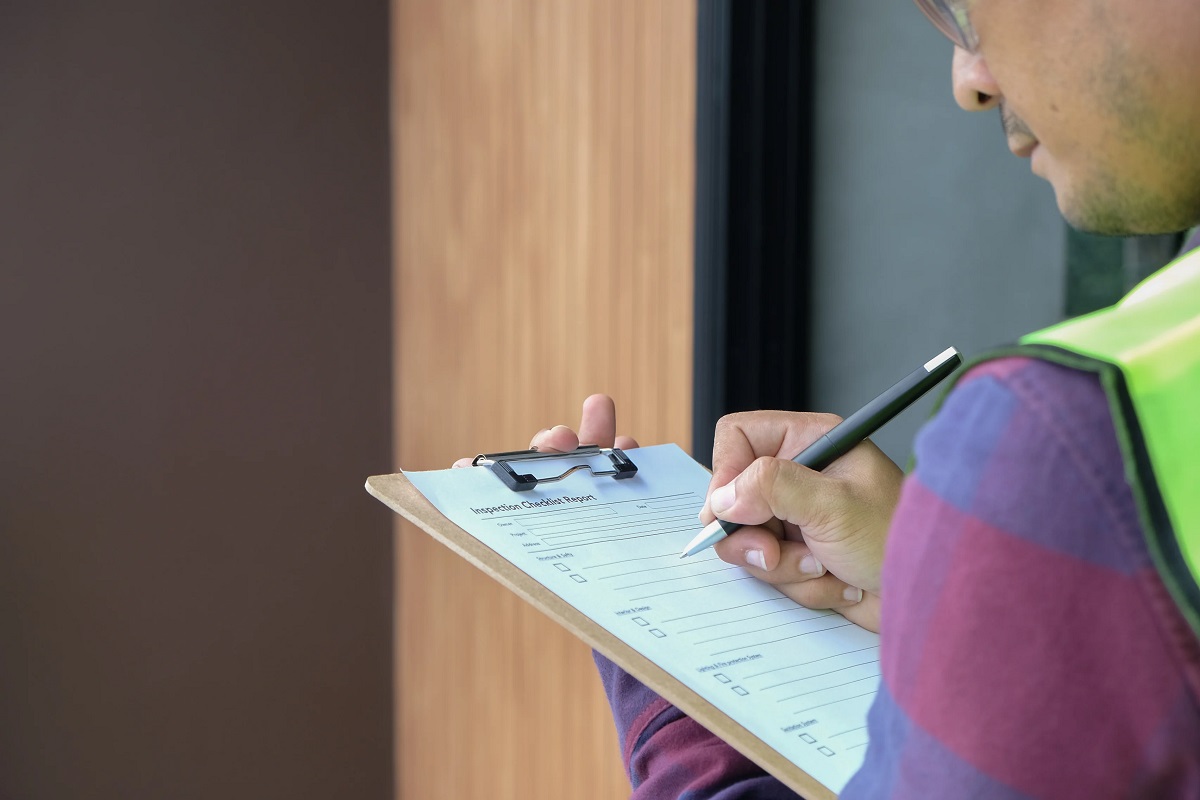

Home Maintenance
Verification Of Property Condition: Buyer Final Inspection And Why This Form Is For Vacant Land
Modified: March 6, 2024
Ensure the condition of vacant land before buying with a buyer final inspection. Find out why this form is crucial for home-maintenance.
(Many of the links in this article redirect to a specific reviewed product. Your purchase of these products through affiliate links helps to generate commission for Storables.com, at no extra cost. Learn more)
Introduction
Welcome to the world of home maintenance! In this article, we will be diving into the importance of verifying property condition through a buyer final inspection. Whether you are a first-time homeowner or a seasoned buyer, understanding the significance of this inspection is crucial in making informed decisions during the home buying process.
When purchasing a property, it’s not just the aesthetics that matter. The condition of the property, both inside and out, can have a significant impact on the overall value and livability of your new home. This is where the buyer final inspection comes into play. It allows you to thoroughly assess the property’s condition before finalizing the purchase, ensuring that it meets your expectations and aligns with the information provided during the previous stages of the buying process.
The buyer final inspection is a vital step in safeguarding your investment and giving you peace of mind. It provides an opportunity to identify any potential issues or discrepancies that may have been overlooked during previous inspections or negotiations. By thoroughly examining the property, you can make an informed decision and proceed with confidence.
Throughout this article, we will explore the purpose of the buyer final inspection, discuss the importance of verifying property condition, highlight factors to consider during the inspection, and provide specific considerations for vacant land. Additionally, we will delve into the buyer final inspection form, its benefits, and the steps to perform an effective inspection. By the end, you will have a comprehensive understanding of the buyer final inspection process and its significance in protecting your investment.
So, whether you’re preparing to purchase a brand new home or an existing property, buckle up and get ready to embark on this exciting journey of property verification!
Key Takeaways:
- Verify property condition through a buyer final inspection to protect your investment, identify safety hazards, and negotiate with confidence before finalizing a home purchase.
- Conduct a thorough buyer final inspection, considering structural integrity, utilities, and zoning for vacant land, to ensure suitability for your intended use and avoid surprises after purchase.
Read more: How To Complete The Buyer’s Final Inspection
Purpose of Buyer Final Inspection
The buyer final inspection serves several important purposes in the home buying process. It provides an opportunity for the buyer to assess the property’s condition, confirm that any agreed-upon repairs have been completed, and ensure that there are no unexpected issues present. Let’s explore the key purposes of the buyer final inspection:
- Evaluate Property Condition: The primary purpose of the buyer final inspection is to evaluate the overall condition of the property. It allows the buyer to visually inspect the property, checking for any signs of damage, defects, or issues that may affect its value or livability. This includes inspecting the exterior, interior, and any additional structures on the property, such as sheds or garages. By conducting a thorough examination, the buyer can identify any potential problems and address them before finalizing the purchase.
- Verify Repairs: In some cases, the buyer and seller may have negotiated repairs or agreed-upon improvements as part of the buying process. The buyer final inspection provides an opportunity to ensure that these repairs have been completed to satisfaction. By verifying that the agreed-upon work has been done, the buyer can ensure that the property is in the expected condition and avoid any potential conflicts or surprises in the future.
- Identify Unforeseen Issues: Even if there were no specific repairs or improvements negotiated, the buyer final inspection is still crucial in identifying any unforeseen issues that may have arisen since the previous inspections. It’s not uncommon for problems to arise in the time between the initial inspection and the final walkthrough. By conducting a thorough inspection, the buyer can catch any new issues that may have emerged and address them accordingly.
- Negotiate Further Repairs or Adjustments: If the buyer discovers any significant issues during the final inspection, they can use this information to negotiate further repairs or adjustments with the seller or their representative. This may involve requesting repairs to be completed prior to closing or requesting a reduction in the purchase price to account for the cost of necessary repairs. The buyer final inspection is a crucial step in ensuring that the buyer’s best interests are protected.
- Finalize Purchase with Confidence: Finally, the buyer final inspection allows the buyer to finalize the purchase with confidence. By thoroughly examining the property and addressing any outstanding concerns, the buyer can feel assured that they are making an informed decision. The inspection provides peace of mind, knowing that the home is in the expected condition and meets the buyer’s requirements.
The buyer final inspection is a crucial step in the home buying process. It empowers the buyer to thoroughly evaluate the property’s condition, verify any agreed-upon repairs, address unforeseen issues, and finalize the purchase with confidence. Now that we understand the purpose of the buyer final inspection, let’s explore why verifying the property condition is so important.
Importance of Verifying Property Condition
Verifying the property condition through a buyer final inspection is of utmost importance when it comes to making a well-informed decision on a home purchase. Let’s delve into the key reasons why verifying the property condition is so crucial:
- Protecting Your Investment: A property, whether it’s a house or vacant land, is a significant investment. Verifying the property condition ensures that you are protecting your investment by ensuring its value and integrity. By conducting a thorough inspection, you can identify any potential issues or problems that may require costly repairs in the future. It’s essential to know what you’re getting into and address any concerns before finalizing the purchase.
- Identifying Safety Hazards: Verifying property condition is essential for identifying safety hazards that may put you or your loved ones at risk. Issues such as electrical problems, structural weaknesses, or hazardous materials can have serious consequences if not addressed promptly. By conducting an inspection, you can catch any potential safety hazards and take the necessary steps to rectify them, ensuring the well-being of yourself and your family.
- Managing Expectations: Verifying the property condition allows you to manage your expectations as a buyer. The inspection provides an opportunity to closely examine the property and ensure that it meets your expectations in terms of quality, functionality, and overall condition. It helps prevent any surprises or disappointments after closing. Understanding the property’s condition upfront gives you the opportunity to plan and budget for any necessary repairs or improvements.
- Negotiating with Confidence: The information gathered from the buyer final inspection empowers you to negotiate with confidence. If you discover any major issues or concerns during the inspection, you can use this information to negotiate repairs or price adjustments with the seller. By having a thorough understanding of the property’s condition, you can advocate for your best interests and ensure a fair transaction.
- Evaluating Long-Term Maintenance: Verifying the property condition helps you evaluate the long-term maintenance needs. By having a clear picture of the property’s condition, you can anticipate any future repairs or renovations that may be necessary. This knowledge enables you to plan and budget accordingly, ensuring that you can properly maintain and care for your property over time.
Verifying the property condition is not just about ensuring the property’s physical state; it is about protecting your investment, ensuring your safety, managing expectations, negotiating effectively, and planning for the future. It provides you with the necessary information to make an informed decision and proceed confidently with your home purchase. Now that we understand the importance of verifying property condition, let’s explore the factors to consider during a buyer final inspection.
Factors to Consider in the Buyer Final Inspection
When conducting a buyer final inspection, there are several important factors to consider to ensure a comprehensive evaluation of the property’s condition. By paying attention to these key factors, you can identify any potential issues or concerns and make an informed decision. Let’s explore the factors to consider during the buyer final inspection:
- Structural Integrity: Start by assessing the structural integrity of the property. Look for any cracks in the walls, ceilings, or foundation. Pay attention to sagging floors or ceilings, as these may indicate underlying structural issues.
- Roof and Gutters: Inspect the condition of the roof and gutters. Look for missing or damaged shingles, signs of leaks, or any sagging or misaligned gutters. A well-maintained roof is crucial for protecting the property from water damage and ensuring its longevity.
- Windows and Doors: Check the condition of windows and doors. Look for any signs of damage, such as cracks, leaks, or difficulty in opening and closing. Adequate insulation and functioning windows and doors are essential for energy efficiency and security.
- Plumbing System: Assess the plumbing system for any leaks, water pressure issues, or signs of water damage. Look for any rusty or corroded pipes, dripping faucets, or running toilets. A properly functioning plumbing system is vital for everyday convenience and preventing water-related issues.
- Electrical System: Inspect the electrical system to ensure it meets safety standards. Check for any overloaded circuits, faulty wiring, or outdated electrical panels. Ensure that all light switches, outlets, and fixtures are in proper working condition.
- HVAC Systems: Evaluate the heating, ventilation, and air conditioning (HVAC) systems. Test the heating and cooling functionality, check the air filters, and inspect the condition of the ductwork. A well-maintained HVAC system provides comfort and ensures indoor air quality.
- Appliances and Fixtures: Test and inspect all appliances and fixtures that come with the property. This includes kitchen appliances, bathroom fixtures, and any other built-in or installed items. Ensure that they are in proper working condition and free from any damage or malfunctioning.
- Exterior Condition: Assess the exterior condition of the property. Look for any signs of damage, such as cracks in the driveway, rotting wood on the deck, or peeling paint on the walls. Consider the overall maintenance of the yard and landscaping. A well-maintained exterior adds to the property’s curb appeal and protects against potential issues.
- Water Drainage and Flood Risk: Check the property’s water drainage system and assess the risk of flooding. Look for any signs of poor drainage or water accumulation near the foundation or in the yard. Adequate water drainage is crucial for preventing water damage and protecting the property’s structural integrity.
- Permits and Legal Compliance: Ensure that all necessary permits and legal compliance requirements are met for any renovations or additions to the property. Verify that any work done on the property has been conducted in accordance with local regulations and obtain all necessary documentation.
By carefully considering these factors during the buyer final inspection, you can gain a comprehensive understanding of the property’s condition. Take your time, document any issues or concerns, and consult with professionals if needed to ensure a thorough evaluation. Now, let’s discuss some specific considerations for conducting a buyer final inspection on vacant land.
Specific Considerations for Vacant Land
Conducting a buyer final inspection on vacant land requires its own set of specific considerations. While there may not be a physical structure to inspect, there are still important factors to evaluate to ensure the suitability of the land for your intended use. Let’s explore the specific considerations for conducting a buyer final inspection on vacant land:
- Boundary Lines and Easements: Verify the accuracy of the property’s boundary lines and identify any easements or encroachments. Understanding the exact boundaries of the land ensures that you are aware of the property’s size and any restrictions or limitations on its use.
- Topography and Grade: Evaluate the topography and grade of the land. Take note of any steep slopes, rocky areas, or low-lying spots that may affect the land’s usability or pose potential drainage issues.
- Soil Quality and Drainage: Determine the soil quality and assess the drainage capabilities of the land. Soil tests can provide valuable information about the composition and fertility of the soil, while assessing the natural drainage patterns will help identify any potential waterlogging or runoff issues.
- Utilities and Access: Check for availability and accessibility to necessary utilities such as electricity, water, and sewage systems. Evaluate the options for connecting to these utilities and consider any associated costs or restrictions.
- Zoning and Land Use: Understand the zoning regulations and land use restrictions that apply to the vacant land. This information will help you determine the types of activities or structures that are permitted on the land, ensuring that it aligns with your intended use or development plans.
- Environmental Factors: Consider any environmental factors that may impact the land. This includes assessing the presence of protected areas, wetlands, or endangered species habitats that may restrict certain activities or require additional permits or studies.
- Future Development: Research any potential future development plans or projects in the surrounding area. This information can help you anticipate any changes in the vicinity that may affect the value or desirability of the vacant land.
- Neighborhood and Amenities: Evaluate the overall neighborhood and nearby amenities. Consider factors such as proximity to schools, shopping centers, parks, and transportation options. These amenities can greatly enhance the value and convenience of the vacant land.
- Survey and Legal Documentation: Obtain a survey of the vacant land to ensure accuracy in land boundaries and legal descriptions. Review all legal documentation, including any relevant contracts, titles, or restrictions associated with the land.
Conducting a thorough buyer final inspection on vacant land allows you to assess its suitability for your intended use and identify any potential limitations or restrictions. Take the time to research, gather the necessary information, and consult with professionals if needed to ensure a comprehensive evaluation. Now that we understand the considerations for conducting a buyer final inspection on vacant land, let’s explore the specifics of the buyer final inspection form.
When conducting a final inspection for vacant land, make sure to check for any signs of erosion, drainage issues, or encroachments from neighboring properties. These can impact the condition and value of the land.
Understanding the Buyer Final Inspection Form
The buyer final inspection form is a standardized document used during the property inspection process to document the condition of the property at the time of the final walkthrough. This form typically includes information about the property, checklist items for inspection, and space for notes and comments. Let’s dive into the key components of the buyer final inspection form:
- Property Information: The form will typically include basic details about the property, such as the address, legal description, and the names of the buyer and seller.
- Checklist Items: The form will have a checklist of items that should be inspected during the final walkthrough. These items typically cover various areas of the property, such as the exterior, interior, plumbing, electrical systems, and additional features specific to the property type.
- Space for Notes and Comments: The form will provide space for the inspector or buyer to make notes or comments about specific observations, concerns, or recommendations. These notes serve as a record of the buyer’s findings and can be referenced during further negotiations or discussions with the seller.
- Date and Signature: The form will have spaces to indicate the date of the inspection and provide a signature line for the buyer, indicating their acknowledgment of the property’s condition at the time of the final walkthrough.
- Additional Attachments: In some cases, the buyer may attach additional documents or reports to the inspection form, such as photographs, repair estimates, or professional inspection reports. These attachments provide supplementary evidence or details about specific issues or concerns.
It’s important to thoroughly read and understand the buyer final inspection form before conducting the inspection. Familiarize yourself with the checklist items and ensure that you complete each section accurately. Take the time to make detailed notes and comments, as this information will be valuable for further negotiations or discussions with the seller.
Remember that the buyer final inspection form serves as a documented record of the property’s condition at the time of the final walkthrough. It provides evidence of any issues or concerns that may have been identified during the inspection. By understanding and utilizing the buyer final inspection form effectively, you can ensure that your concerns and findings are accurately recorded and addressed.
Now that we have covered the buyer final inspection form, let’s explore the benefits of conducting a buyer final inspection before finalizing a home purchase.
Benefits of Conducting a Buyer Final Inspection
Conducting a buyer final inspection before finalizing a home purchase offers several valuable benefits. It provides an opportunity for the buyer to assess the property’s condition, address any concerns or issues, and ensure a smooth and satisfactory closing process. Let’s delve into the key benefits of conducting a buyer final inspection:
- Peace of Mind: A buyer final inspection provides peace of mind to the buyer, knowing that they have thoroughly evaluated the property before making their final decision. It allows them to confirm that the property meets their expectations and has no hidden issues that may arise after the purchase.
- Verification of Repairs: If there were any agreed-upon repairs or improvements negotiated during the buying process, the buyer final inspection ensures that these repairs have been completed to their satisfaction. It gives the buyer the opportunity to verify that the necessary work has been carried out as agreed.
- Identification of Issues: The buyer final inspection helps in identifying any issues or concerns that may have been overlooked during previous inspections or negotiations. It allows the buyer to thoroughly inspect the property and detect any significant problems, such as structural issues, damage, or safety hazards.
- Negotiation Power: The findings from the buyer final inspection can provide the buyer with negotiation power. If any major issues are identified, the buyer can leverage this information to renegotiate the terms of the purchase, such as requesting repairs or price adjustments, ultimately ensuring a fair and satisfactory deal.
- Financial Protection: Conducting a buyer final inspection helps protect the buyer’s financial investment. By identifying any potential problems or necessary repairs, the buyer can factor these costs into their budget and make an informed decision regarding future expenses associated with the property.
- Understanding Long-Term Maintenance: The buyer final inspection gives the buyer a clear understanding of the property’s maintenance needs in the long run. By identifying any maintenance issues or necessary repairs, the buyer can plan and budget accordingly, ensuring the property remains in optimal condition over time.
- Preventing Surprises: The buyer final inspection helps prevent any surprises or unforeseen issues after the purchase. By thoroughly evaluating the property’s condition, the buyer can ensure there are no hidden problems that may become costly or disruptive in the future, offering peace of mind and avoiding potential financial and emotional stress.
Ultimately, conducting a buyer final inspection is essential for protecting the buyer’s interests, mitigating risks, and ensuring a smooth and satisfactory home buying experience. It provides an opportunity to thoroughly assess the property, address any concerns or issues, and proceed with confidence. Utilizing this inspection as a proactive measure ensures that the buyer’s investment is protected and that they can enjoy their new home without unexpected surprises.
Now that we understand the benefits of conducting a buyer final inspection, let’s explore the necessary steps to perform an effective inspection.
Steps to Perform an Effective Buyer Final Inspection
Performing an effective buyer final inspection is crucial to ensure a thorough evaluation of the property’s condition and address any potential issues before finalizing the home purchase. To conduct an effective inspection, follow these key steps:
- Review the Inspection Agreement: Start by reviewing the inspection agreement to understand the scope and limitations of the inspection. Familiarize yourself with the areas and systems that will be inspected during the final walkthrough.
- Prepare a Checklist: Create a checklist of items to inspect based on the inspection agreement and any specific concerns you may have. This will help ensure that you cover all necessary areas and systematically evaluate each component of the property.
- Gather Necessary Tools and Equipment: Bring along the necessary tools and equipment to assist you during the inspection. This may include a flashlight, measuring tape, camera or smartphone for capturing photos, a notepad, and a pen for taking notes.
- Thoroughly Inspect the Exterior: Start the inspection by thoroughly evaluating the exterior of the property. Check the condition of the roof, siding, windows, gutters, and any other external features. Look for signs of damage, wear and tear, or potential maintenance issues.
- Examine the Interior: Proceed to inspect the interior of the property. Evaluate each room, paying attention to the walls, ceilings, floors, doors, and windows. Check for any visible signs of damage, such as cracks, water stains, or mold. Test light switches, outlets, and appliances to ensure they are in working condition.
- Assess Mechanical Systems: Evaluate the property’s mechanical systems, including the plumbing, electrical, and HVAC systems. Check for any leaks, signs of water damage, faulty wiring, or inadequate heating and cooling. Test faucets, toilets, and electrical outlets to ensure they are fully functional.
- Inspect Additional Features: If the property has additional features, such as a pool, garage, or basement, thoroughly inspect these areas as well. Check for any specific concerns related to these features and ensure they meet your expectations and requirements.
- Take Detailed Notes and Photos: As you inspect the property, take detailed notes and capture photographs of any issues or concerns you come across. These notes and visuals will be valuable for reference and documentation later on.
- Consult with Professionals: If you encounter any major issues or are unsure about certain aspects of the property, consider consulting with professionals, such as contractors or specialized inspectors. Their expertise can provide valuable insights and help in assessing and addressing specific concerns.
- Communicate Findings with the Seller: After completing the inspection, communicate your findings with the seller or their representative. Provide them with a summary of the issues or concerns you discovered during the final walkthrough. This allows for open communication and potential negotiations based on the inspection results.
- Request Remedies or Adjustments, if Needed: If significant issues or concerns are identified during the buyer final inspection, consider requesting remedies or adjustments from the seller. This may involve requesting repairs to be completed before closing or renegotiating the purchase price to account for necessary repairs. Use the inspection findings as a basis for negotiation.
By following these steps, you can perform an effective buyer final inspection and ensure a thorough evaluation of the property. Remember to be diligent, take your time, and document your findings accurately. Conducting a comprehensive inspection allows you to address any concerns, negotiate if needed, and proceed with confidence when finalizing the home purchase.
Now that we have covered the steps to perform an effective buyer final inspection, it’s essential to keep in mind the significance of this process in protecting your investment and ensuring a satisfactory home buying experience.
Conclusion
The buyer final inspection plays a crucial role in the home buying process by allowing buyers to verify the property’s condition, address any concerns, and make informed decisions before finalizing the purchase. Throughout this article, we have explored the purpose of the buyer final inspection, the importance of verifying property condition, factors to consider during the inspection, specific considerations for vacant land, and the buyer final inspection form. We have also discussed the benefits of conducting a buyer final inspection and provided steps to perform an effective inspection.
By conducting a buyer final inspection, buyers can protect their investment, identify safety hazards, manage their expectations, negotiate with confidence, evaluate long-term maintenance needs, and prevent surprises after the purchase. It provides peace of mind and ensures that buyers have thoroughly evaluated the property’s condition, ensuring it meets their requirements and aligns with their expectations.
When performing a buyer final inspection, it is important to consider crucial factors such as structural integrity, roof and gutters, plumbing and electrical systems, and the property’s exterior and interior condition. For those considering a vacant land purchase, specific considerations include boundary lines, topography and grade, soil quality and drainage, utilities and access, and zoning and land use.
Understanding the buyer final inspection form is essential for effectively documenting the inspection findings. The form typically includes property information, a checklist of items to inspect, space for notes and comments, and signatures. It serves as a record of the property’s condition at the time of the final walkthrough and can be used for further negotiations or discussions with the seller.
Conducting a buyer final inspection involves a series of steps, including reviewing the inspection agreement, preparing a checklist, gathering necessary tools, thoroughly inspecting the property, taking detailed notes and photos, and communicating findings with the seller. The inspection process empowers buyers to assess the property accurately, address concerns, and make informed decisions regarding the purchase.
In conclusion, the buyer final inspection is an invaluable step in the home buying process. It provides buyers with the opportunity to evaluate the property, verify repairs, identify issues, negotiate effectively, and ensure a smooth and satisfactory closing experience. By taking the time to conduct a thorough inspection, buyers can protect their investment, mitigate risks, and proceed with confidence into their new home.
So, as you navigate the world of home buying, remember the significance of the buyer final inspection. Take the necessary steps, consider the important factors, utilize the inspection form effectively, and advocate for your best interests. By doing so, you will make well-informed decisions and embark on your homeownership journey with peace of mind.
Frequently Asked Questions about Verification Of Property Condition: Buyer Final Inspection And Why This Form Is For Vacant Land
Was this page helpful?
At Storables.com, we guarantee accurate and reliable information. Our content, validated by Expert Board Contributors, is crafted following stringent Editorial Policies. We're committed to providing you with well-researched, expert-backed insights for all your informational needs.

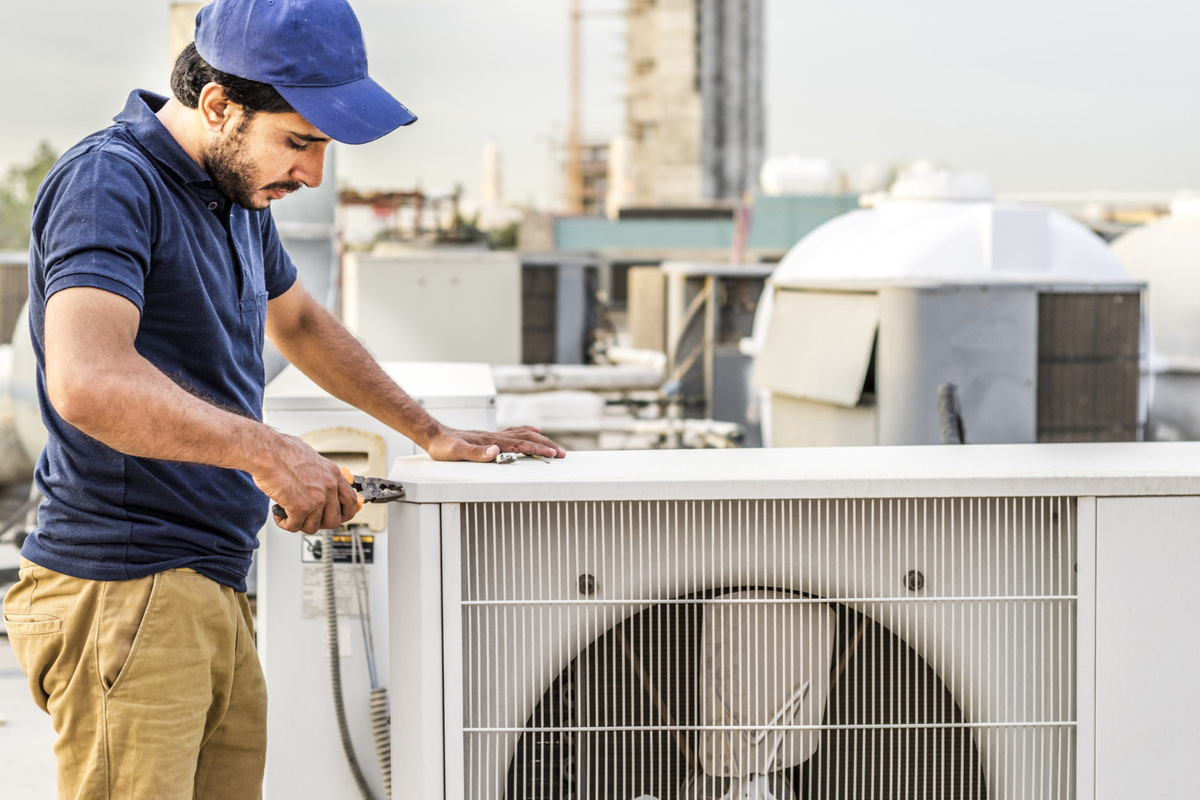
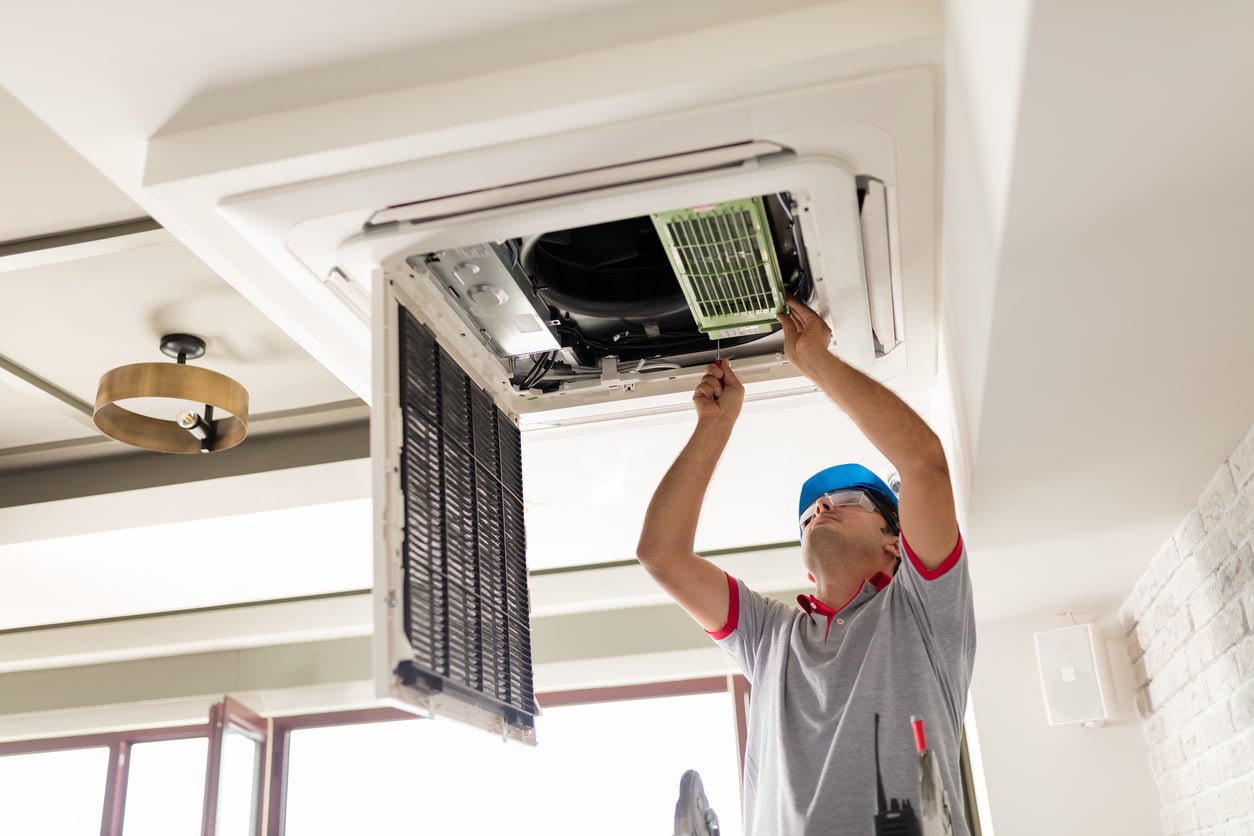

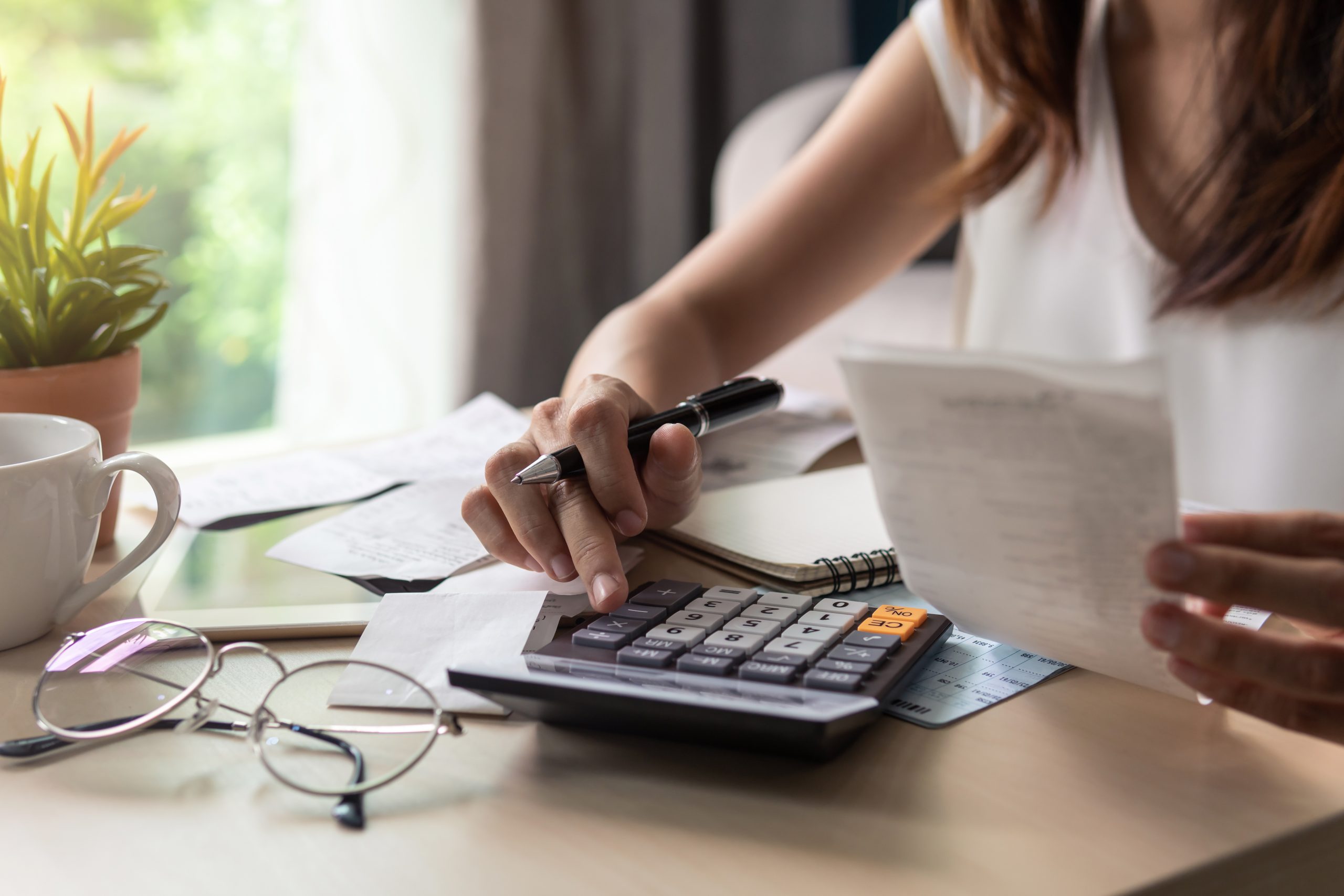
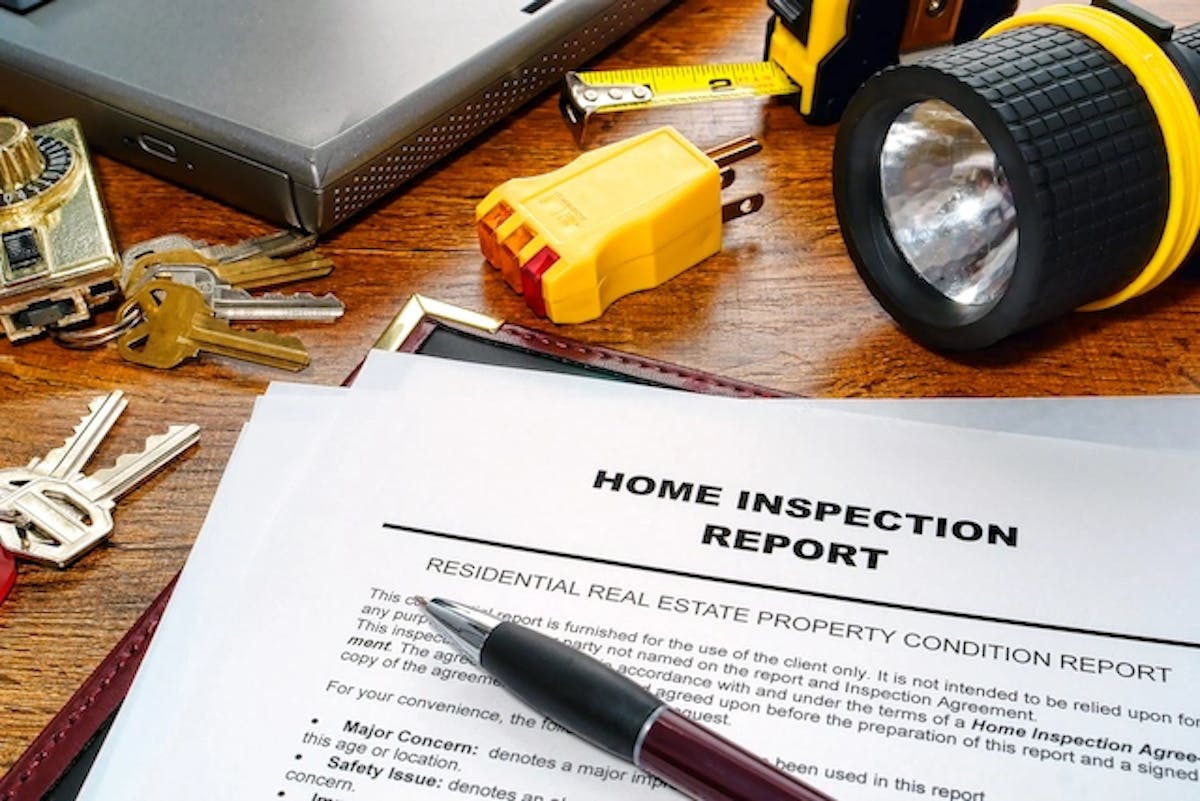
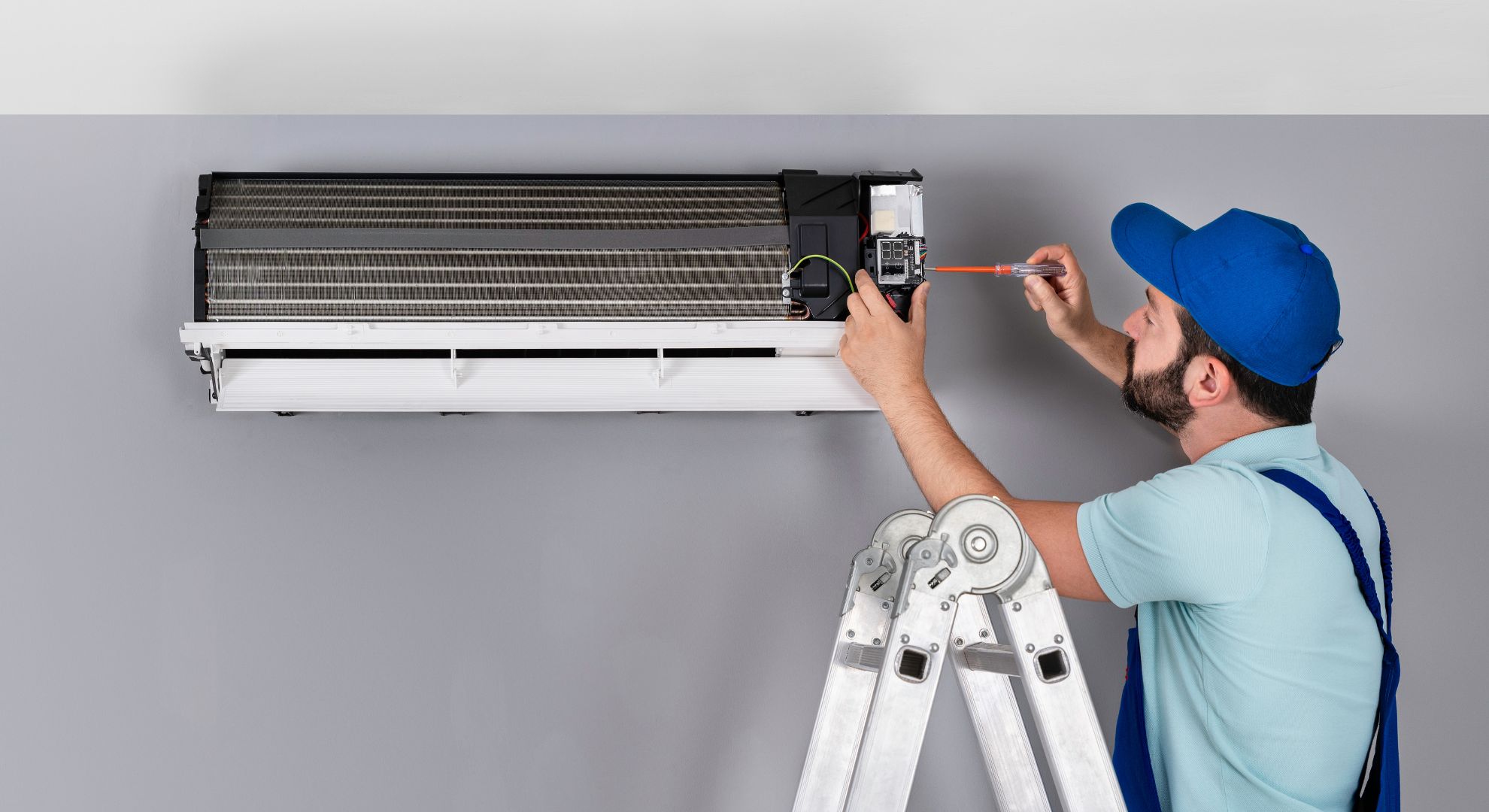


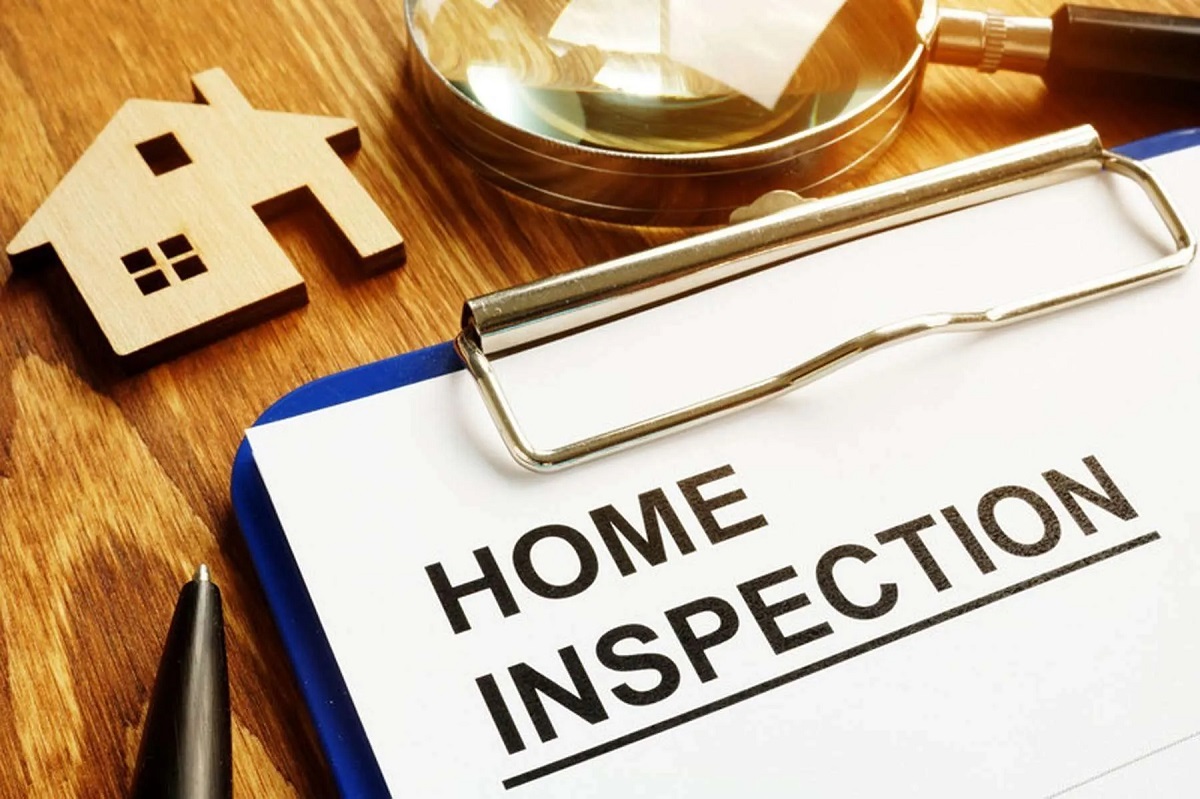
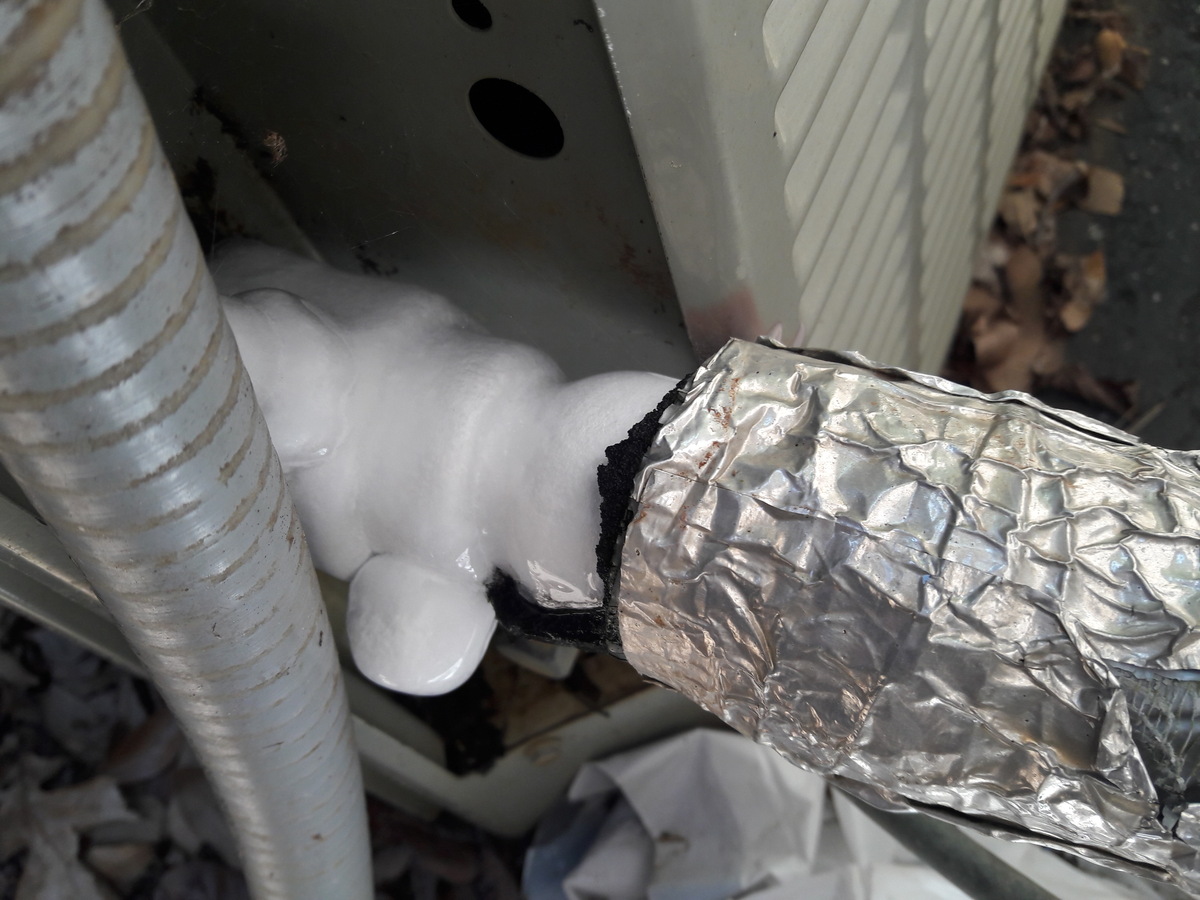


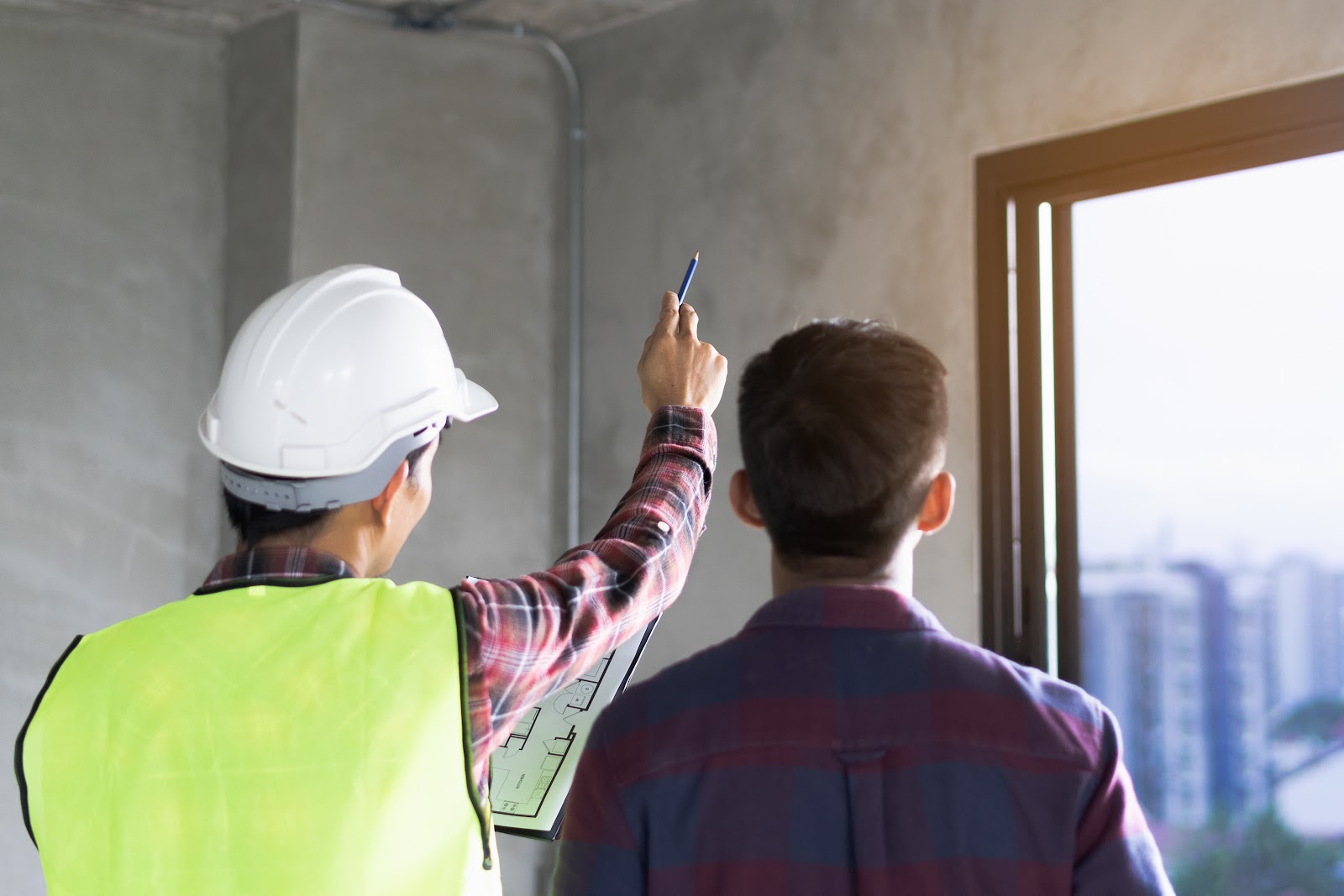

0 thoughts on “Verification Of Property Condition: Buyer Final Inspection And Why This Form Is For Vacant Land”